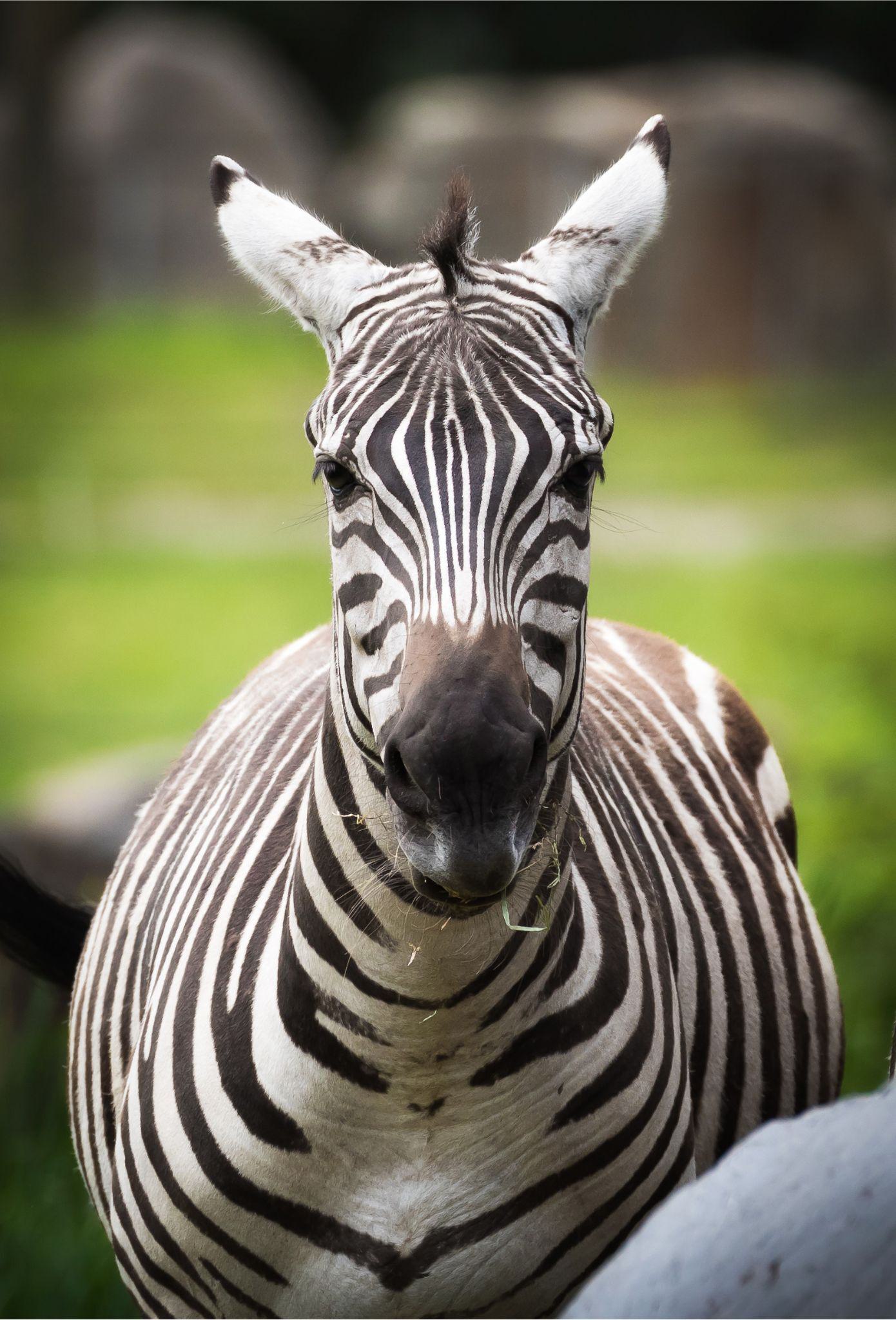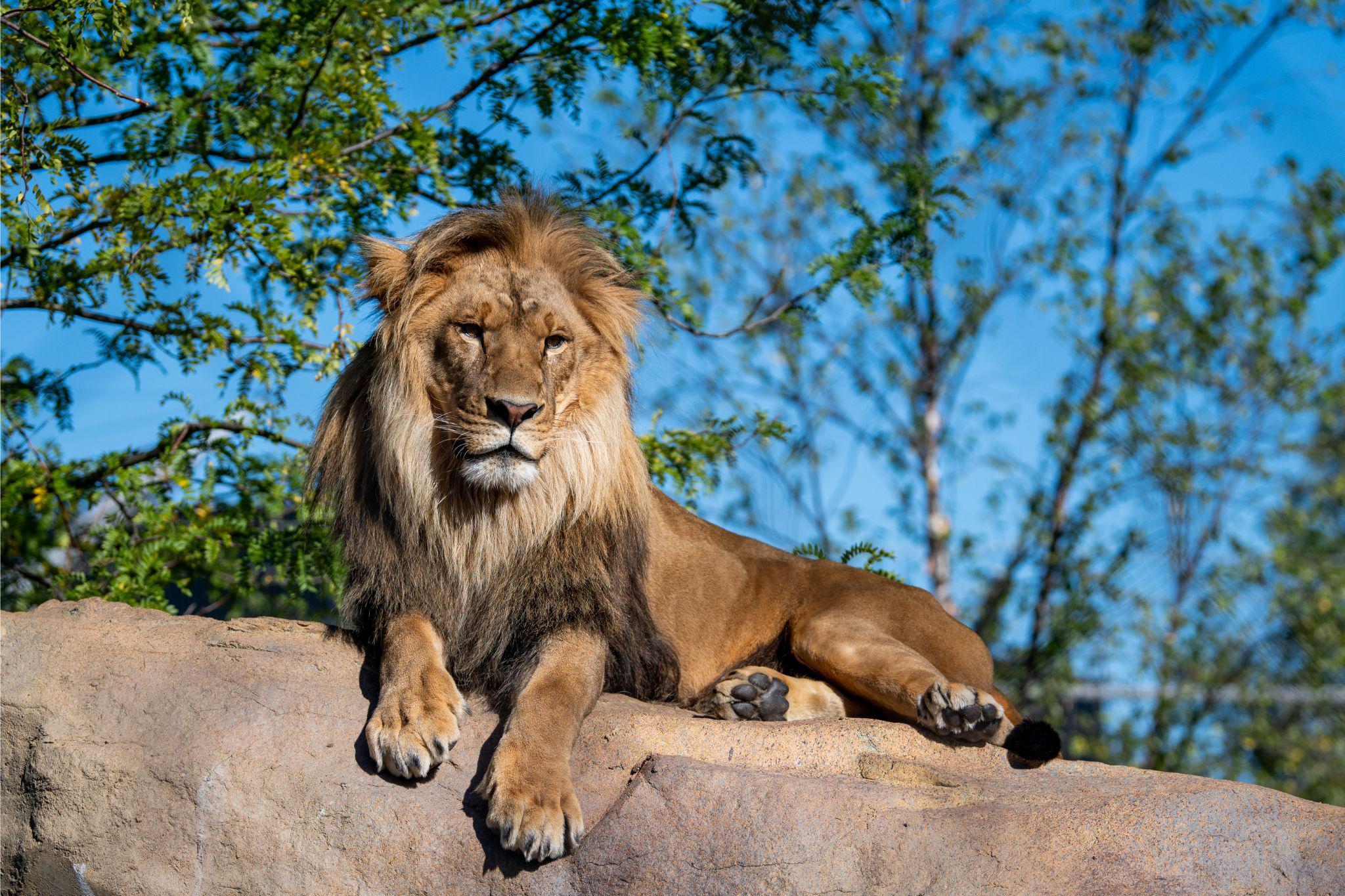
Grant's Zebra
Grant's Zebra
Distribution
Sudan to Zambia
Diet
Herbivore
Habitat
Grasslands and savannah
Latin Name
Equus burchelli boehmi
IUCN conservation status
A resilient equine species demonstrating a lot of endurance and featuring a coat that is unique in the animal kingdom!
Interesting informations











